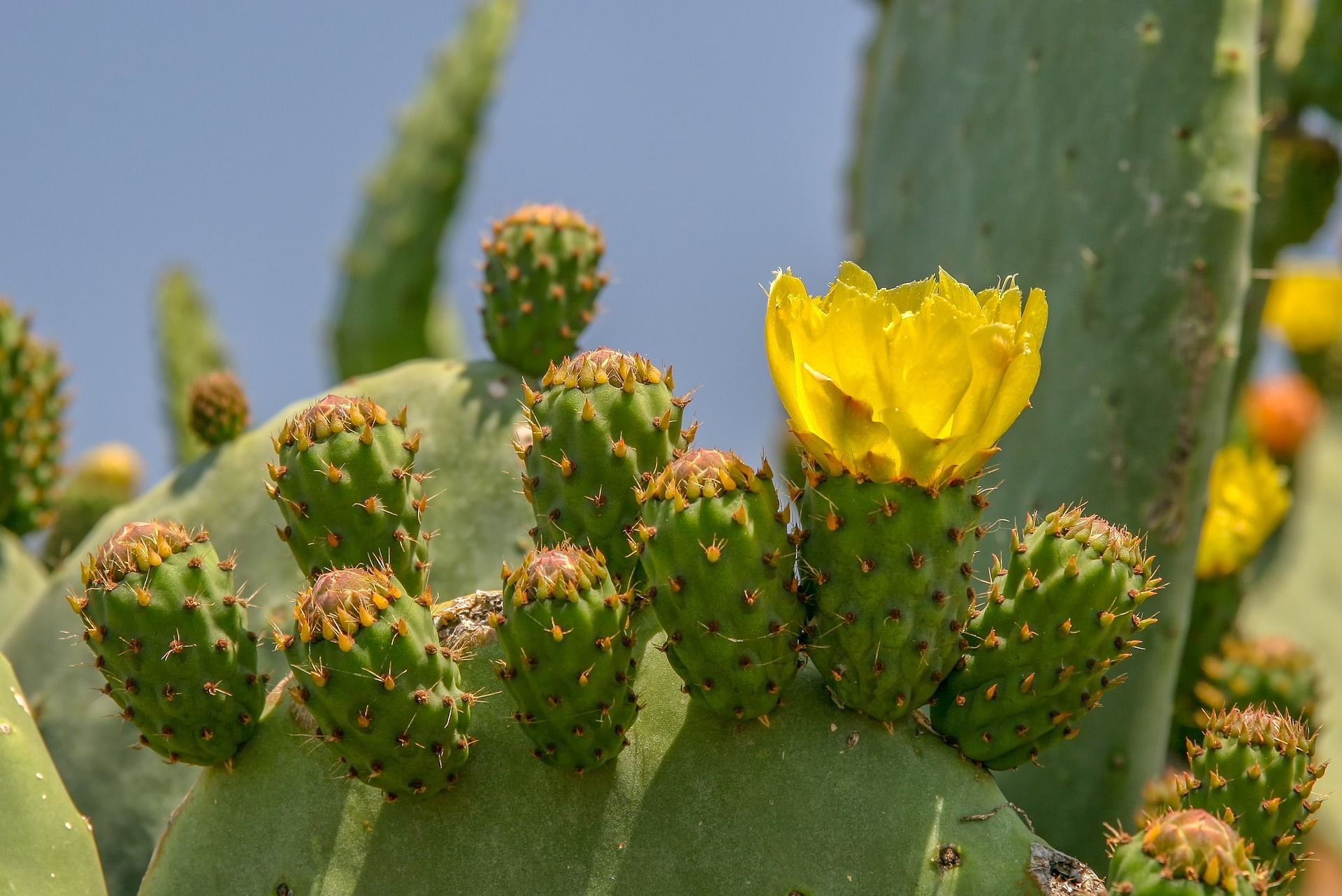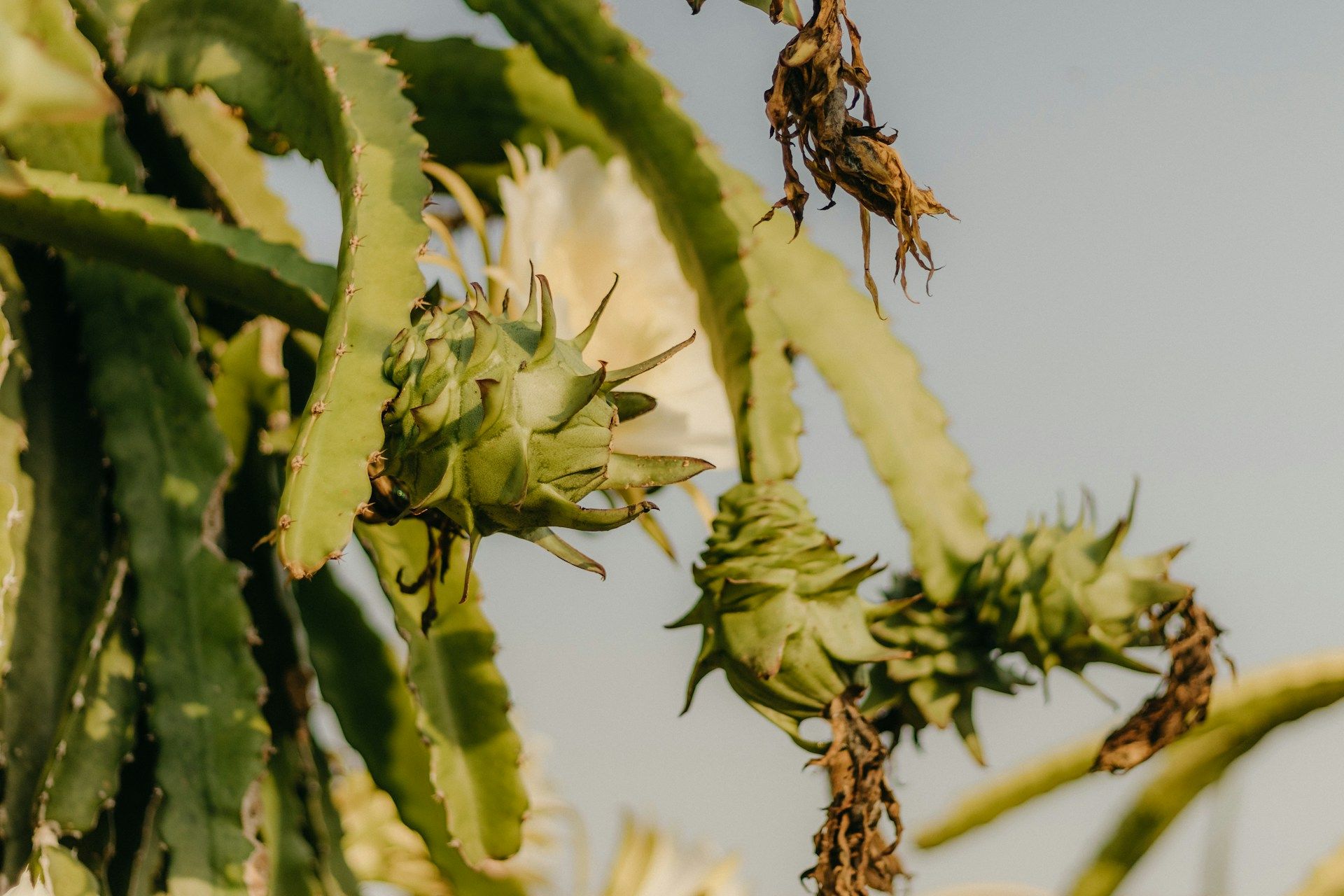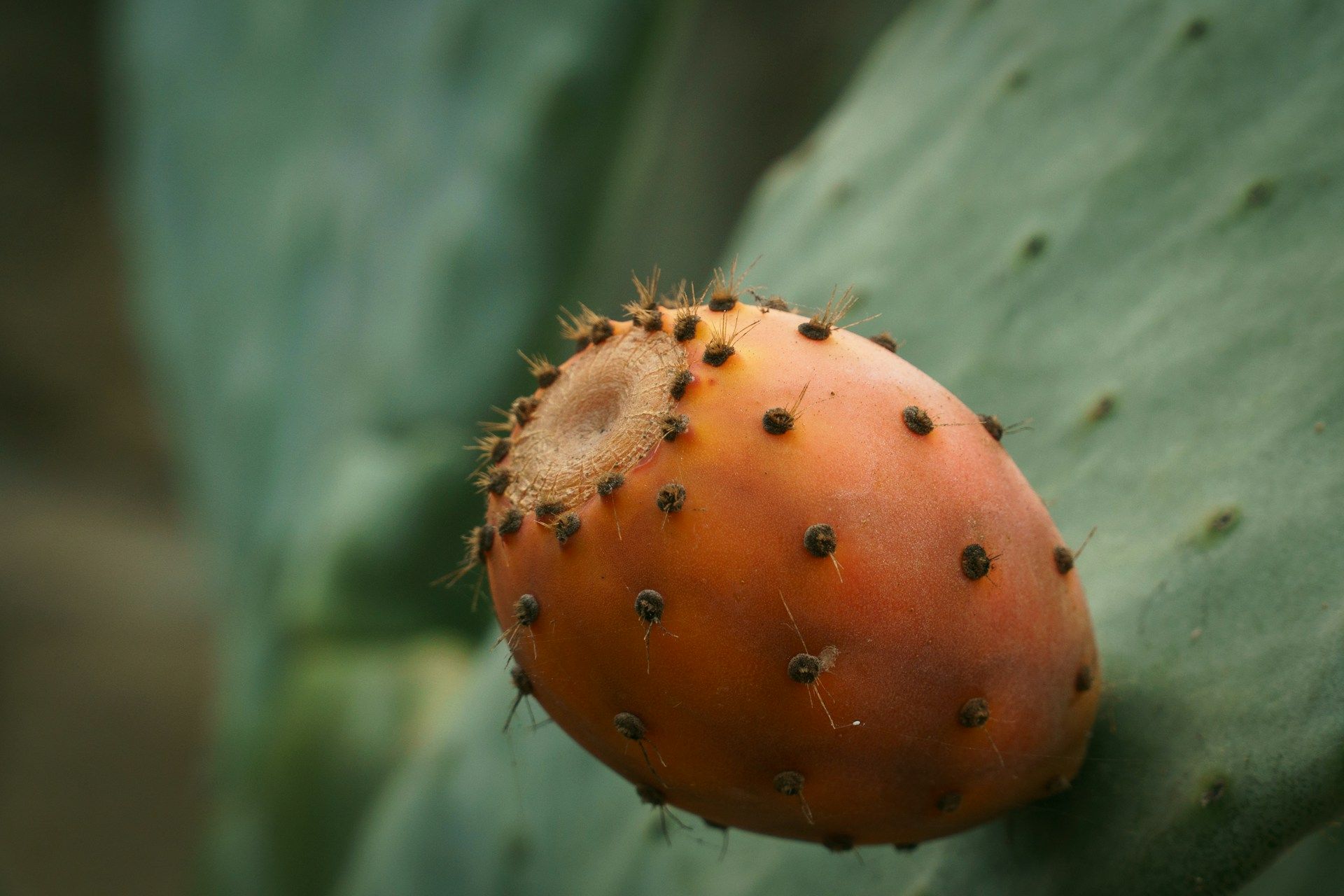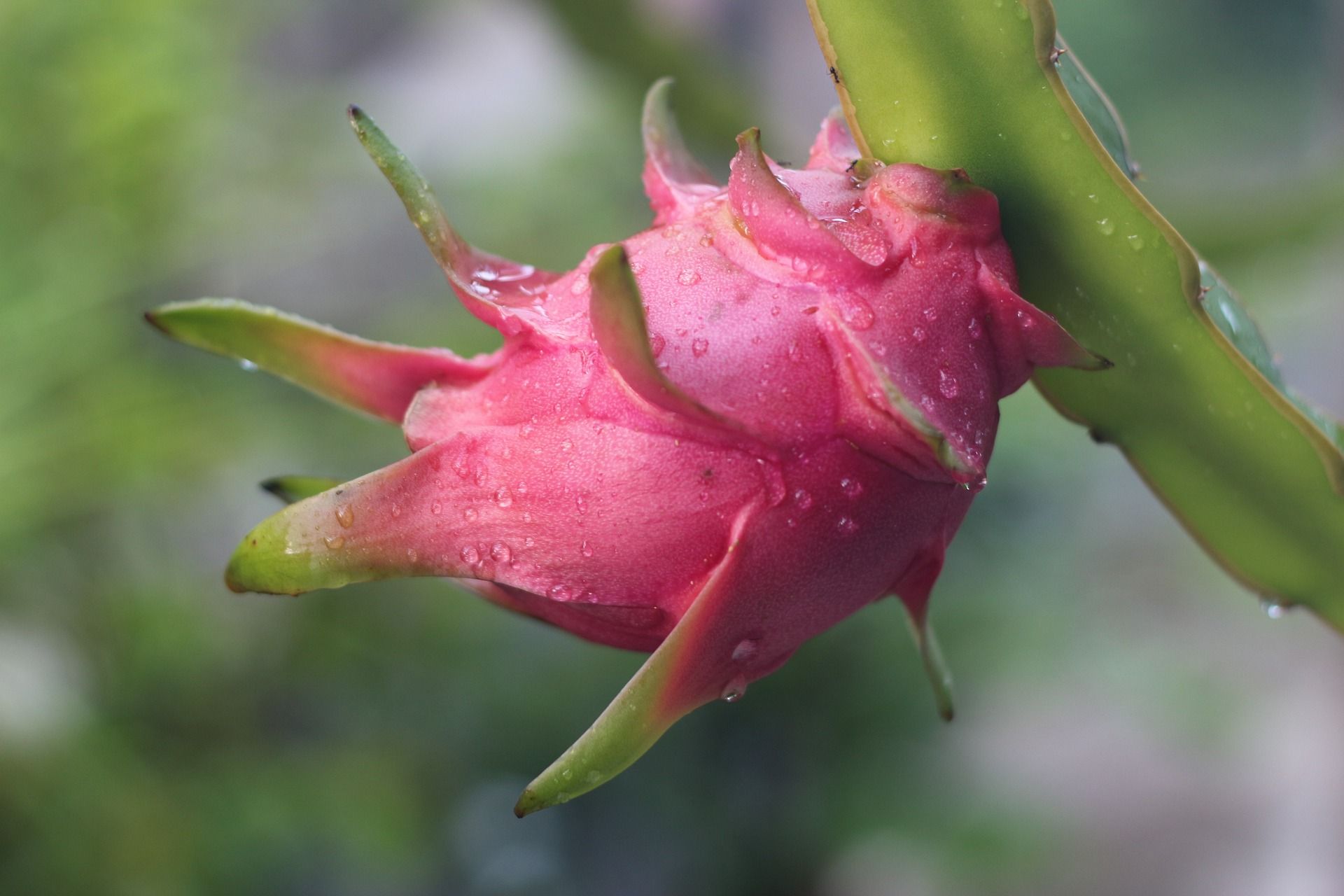
3 mins read
Pitaya vs. Dragon Fruit: The Distinct Delights of Cactus Fruits
If you visit a grocery store in the United States, you might come across pitaya fruit, another name for dragon fruit. However, if you go to a grocery store in Canada, the likelihood of finding pitahaya, also known as dragon fruit, is higher. What's the difference?
Dragon fruit and pitaya are different, but which is the dragon fruit? Learn more about the scientific distinctions and cultural nuances that set these cactus fruits apart. Whether you are a fruit lover or an adventurous cook, know how to distinguish between these two fruits!
Scientific Unraveling
Let's embark on a scientific exploration of these intriguing fruits. Pitaya, a product of the Stenocereus genus, is a night-flowering cactus fruit native to Mexico. It thrives on the rugged, columnar cacti, a desert fruit found in the arid Mexican landscape.
 Pitayas (Prickly Pear), image by Tom from Pixaby
Pitayas (Prickly Pear), image by Tom from Pixaby
In contrast, the pitahaya, considered a tropical fruit, hails from the Hylocereus and Selenicereus genus. This climbing cactus is known for its spectacular night blooms. It is a native of Central America, having spread its roots across the globe.
 Pitahayas (Dragon Fruit), image by Kawê from Unsplash
Pitahayas (Dragon Fruit), image by Kawê from Unsplash
The physical attributes of these fruits are as distinct as their origins. Pitaya often boasts a less vibrant exterior with dense and juicy flesh, offering a subtly sweet flavor. Dragon fruit, on the other hand, is recognized by its striking appearance and its delicate, mildly sweet taste. The texture of pitahaya resembles a kiwi, with tiny black seeds that create a unique crunchy aspect.
Intriguingly, while both fruits share a cactus heritage, they exhibit unique growth habits and sensory experiences. Despite their similarities, they can diverge remarkably in terms of appearance, cultivation, texture, flavor, and color of the flesh.
Cultural Heritage
The cultural journey of pitaya and dragon fruit is as colorful as their exteriors. In Mexico, pitaya is a cultural emblem deeply embedded in the culinary heritage. Traditionally consumed by indigenous people, pitaya is celebrated for its refreshing taste and numerous health benefits, often featured in local festivals and cuisines. Its use is not merely gastronomic but also symbolic, representing a connection to the land and history.
 Pitaya (Prickly Pear), image by Earl from Unsplash
Pitaya (Prickly Pear), image by Earl from Unsplash
Pitahaya is native to Central America but found its zenith in Asia, particularly Southeast Asia and China. Its growth speed and versatility quickly made it a promising fruit to cultivate and a favorite in these regions. In countries like Vietnam and Thailand, the dragon fruit has become an agricultural asset, an export commodity, and a staple in local diets for antioxidants and high vitamin C. This fruit expedition reflects the intersection of globalization and regional adaptation, highlighting how fruits can become an integral part of diverse cultures.
 Pitahaya (Dragon Fruit), image by Anwar from Pixabay
Pitahaya (Dragon Fruit), image by Anwar from Pixabay
Misconceptions and Clarifications
The mix-up between pitaya and pitahaya is often rooted in their shared family - the cactus. Many assume that any brightly colored cactus fruit must be a dragon fruit, overlooking the pitaya's unique identity.
Another usual error is equating the two based on their similar names. Do you know that the common name of the pitaya is prickly pear cactus? It would be so much easier to differentiate these two cactus fruits!
Here's a clarification: while both fruits are from the cactus Cactaceae family, they have different genera, Stenocereus (pitaya) - Hylocereus and Selenicereus (pitahaya). This distinction leads to differences in growth habits, taste, and appearance of the fruit and the plant. The watermelon, for example, comes from the same family as the cucumber: the Cucurbitaceae. However, the genus of the watermelon is Citrullus, and the genus of the cucumber is Cucumis.
Understanding these nuances allows us to appreciate each fruit's unique qualities and contributions to global cuisine and culture. This knowledge enriches our gastronomic experience and honors the diverse cultural backgrounds from which these fruits emerge.
Conclusion: Embracing the Diversity of Cactus
In this enlightening journey through the worlds of pitaya and dragon fruit, we have uncovered the scientific, cultural, and gastronomic distinctions that make these cactus fruits unique. From their differing origins and growth habits to their varied cultural significance and culinary uses, we've seen how each fruit holds its own in the vast landscape of global cuisine.
Understanding the differences between pitaya and pitahaya enriches our appreciation for nature's diversity. It reminds us of the fascinating stories of what nature is.


